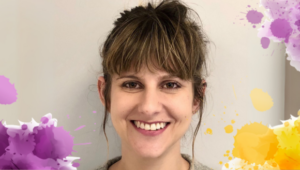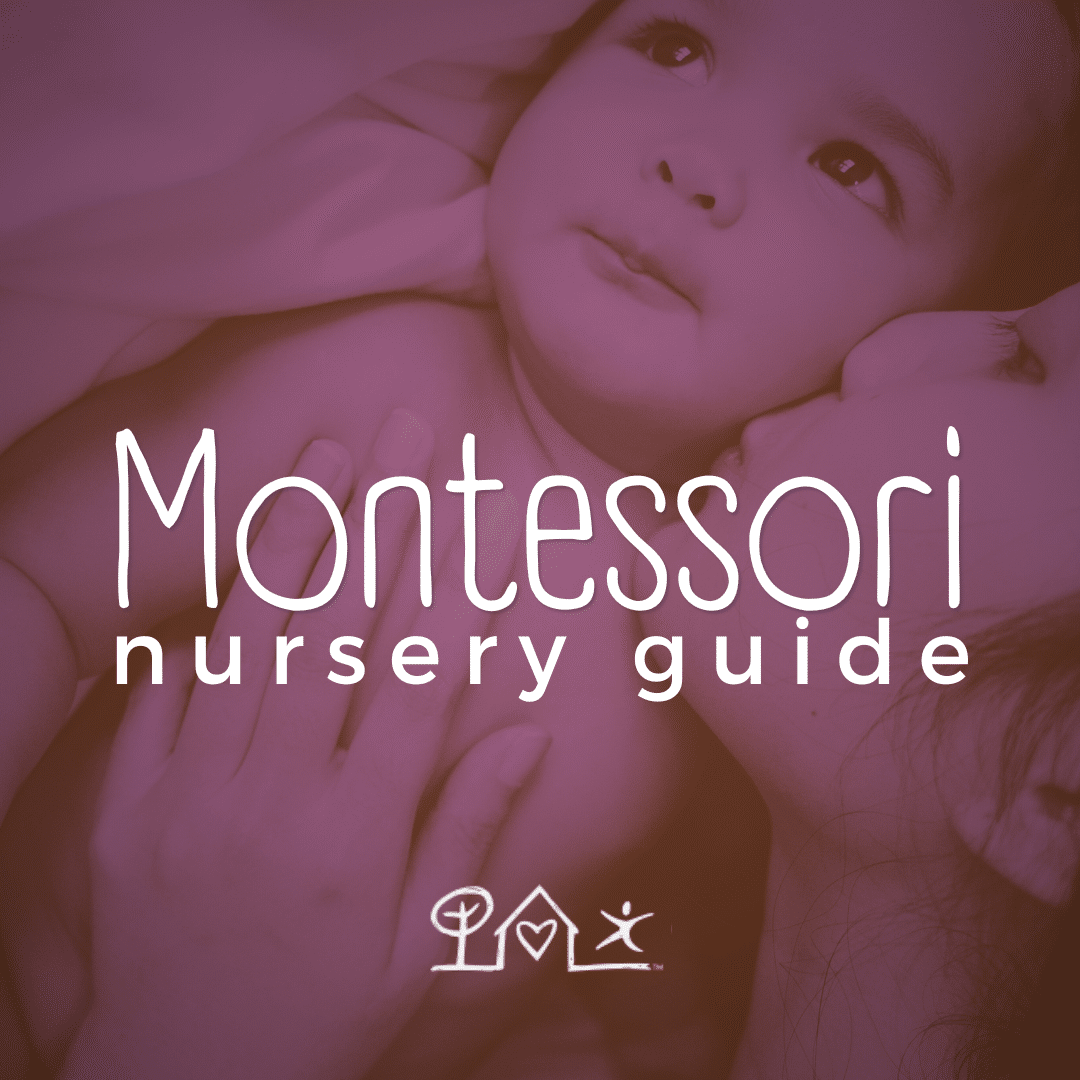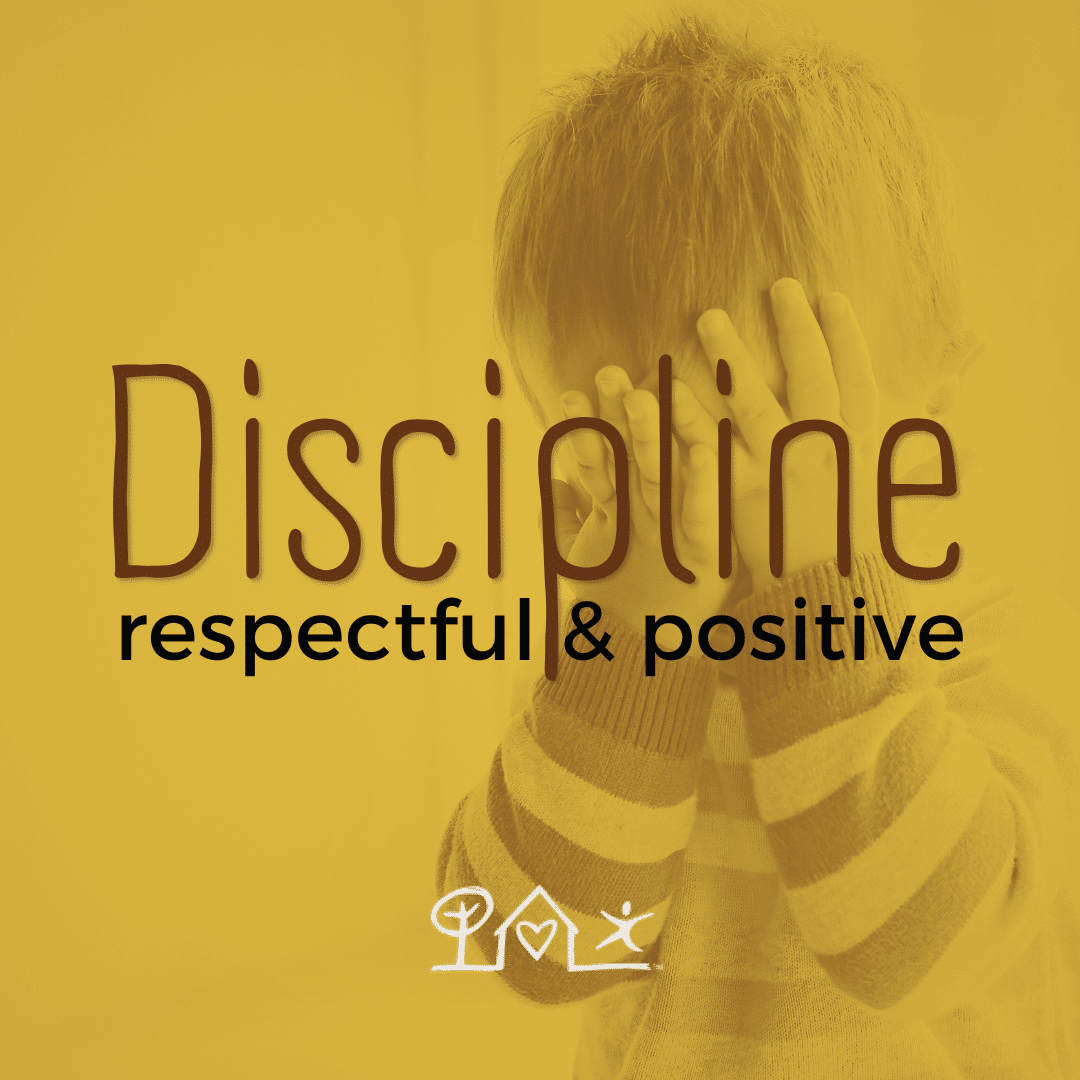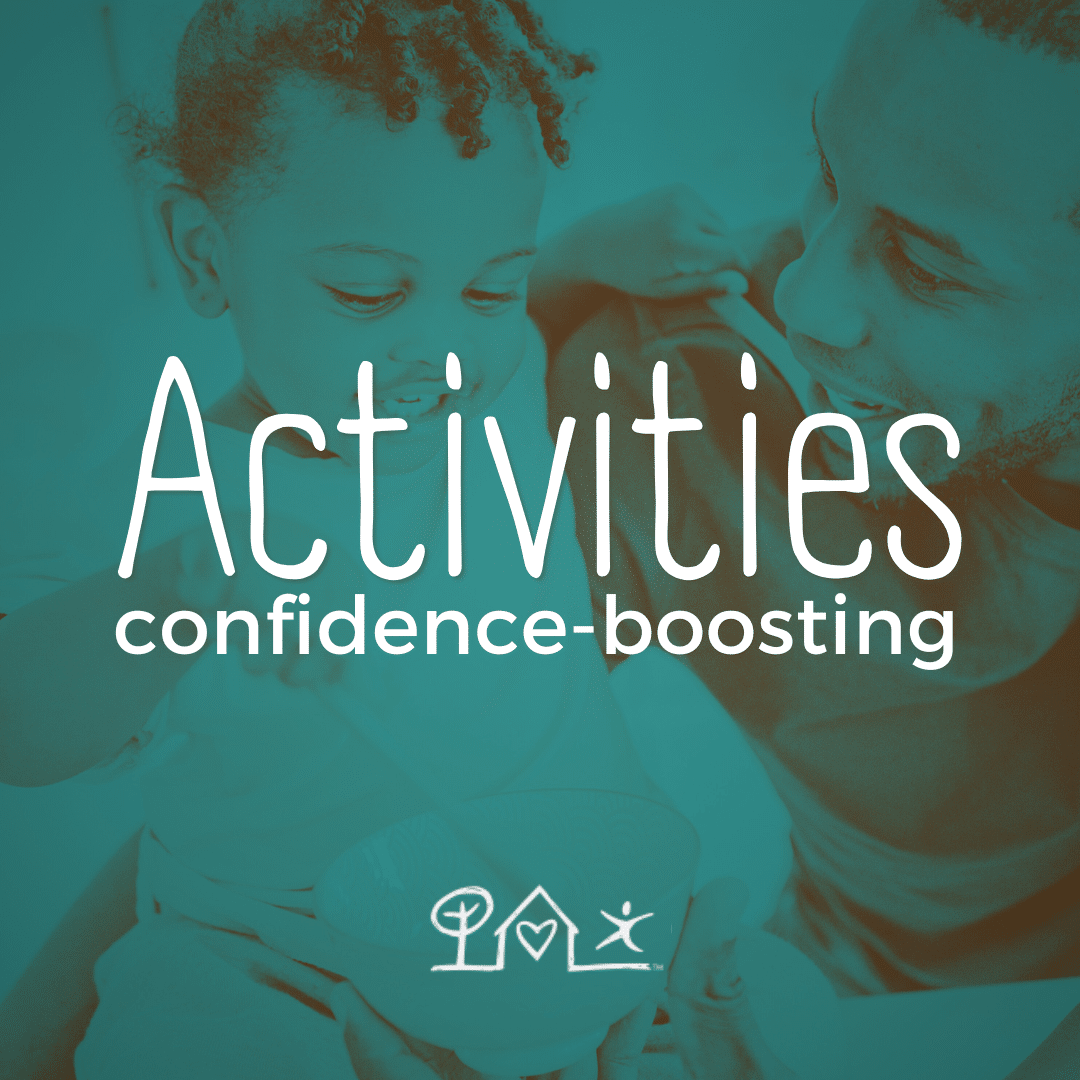Phonetic Objects by Jeanne Marie Paynel from voilamontessori.com
MONTESSORI READING
For conventional educators, reading is a skill that must be taught by means of drills, homework, and tests. Yet, most children who go through authentic Montessori programs are not taught to read; they discover reading on their own!
How do Montessori children learn to read without direct adult instruction, and is it possible to give your child the same experience at home?
In a Montessori environment, preparation for reading is everywhere. It’s in the left-to-right hand and eye movements required to wipe a shelf; in the rhyming songs, we sing; in the vocabulary we give.
Presentations that guide a child towards reading starts around 2 ½ years. With a fun group activity called Sound Games, children realize that words are made up of individual sounds. Each sound is then associated with a symbol when Sandpaper Letters are introduced. These symbols – the 26 letters that make up our alphabet – become the plastic (or wooden) letters of the Moveable Alphabet.
A child’s brain is capable of analyzing words (i.e. breaking them down into their individual sounds) long before it’s able to synthesize them (i.e. read them as a single word). Therefore, with the Moveable Alphabet, a child will think of a word, analyze the sounds that compose it, and select the symbols that correspond to the sounds. In this way, children in Montessori are able to “write” before they can read.
After much practice, the child’s brain suddenly makes a leap. That’s when reading, or the act of synthesis spontaneously occurs. The Phonetic Object Box presentation, the object of this week’s fascinating video, gives the child the opportunity to make this discovery without pressure or direct instruction, using all the knowledge he’s developed along the way. For the child, the Phonetic Object Box marks the culmination of a long period of developmental work and opens the door to a new way of learning about the world.
Guiding a child through the Montessori journey towards reading is a delicate art. My Montessori Parenting Program can put you and your child on the right path to discovery and help instill lifelong positive learning habits. If you’d like to learn how to fine-tune your child’s learning opportunities at home, contact me using the “Looking for more?” tab below to learn more about my Montessori Parenting Program!
The Phonetic Object Box presentation is usually given during the second year of the Montessori Primary cycle after the child has established a strong pre-literacy foundation. The child is familiar with the objects, their names, and the letters that make up each name. This familiarity allows him to focus on the discovery of reading and provides a springboard for a love of literacy.
For more tips on how to introduce Montessori activities, read The Nine Key Points to Sharing a New Activity with Your Child.
P.S. Would you like my support and guidance setting-up your Montessori home? If, yes then go ahead and schedule a ‘Discovery Session’ with me. It’s free and you’ll know if we are a good fit. 😉







2 thoughts on “Montessori Reading: A Journey of Self-Discovery”